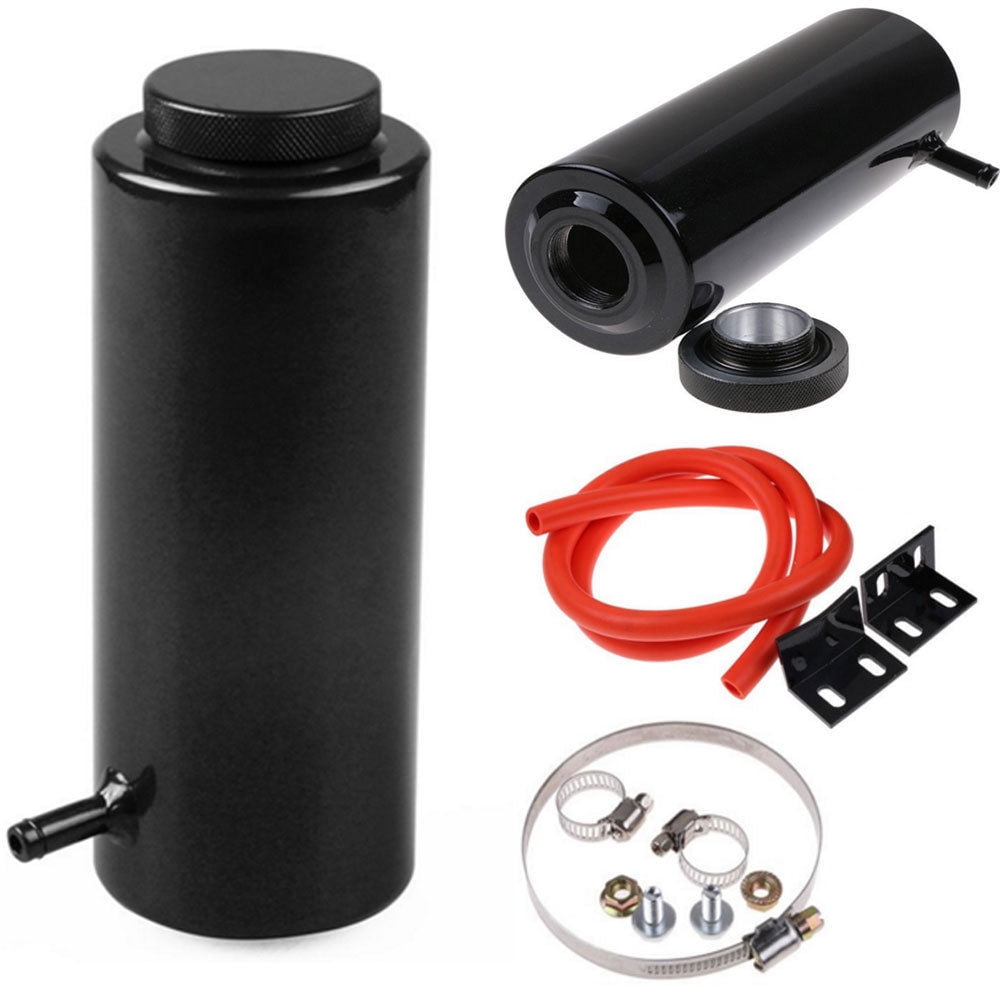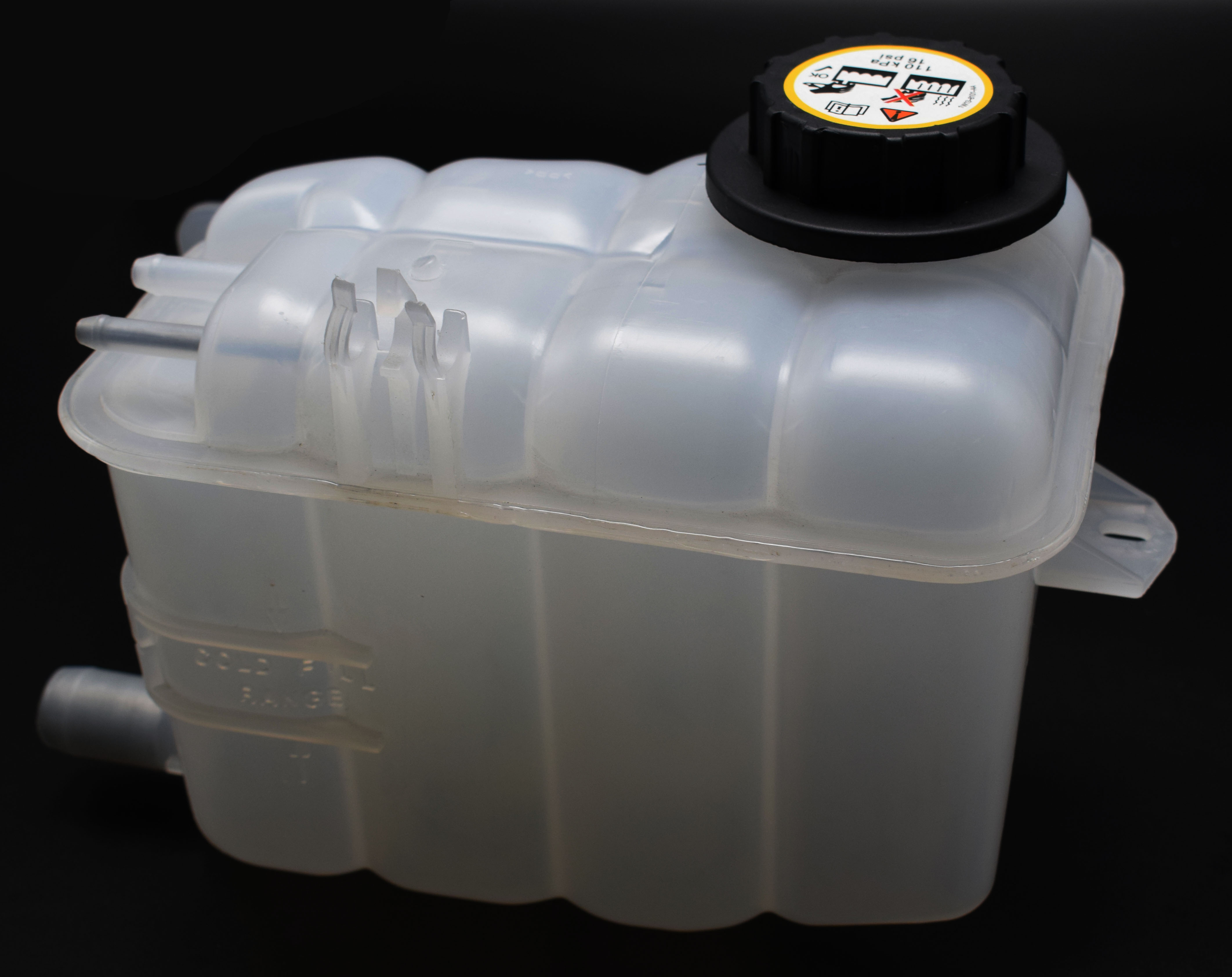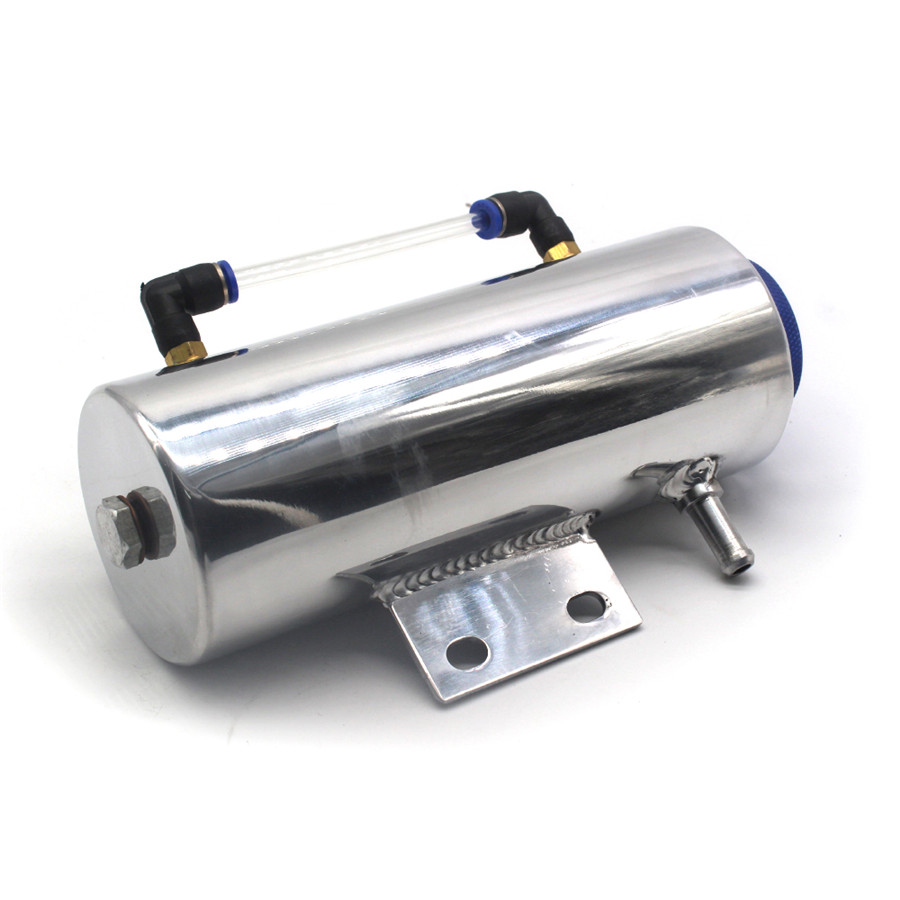

The coolant comes in three different colors, and each car has a different mixture of coolant. Most modern coolant solutions are made out of ethylene glycol. This makes the coolant an essential component of every engine. Once again, this can result in cracks appearing in the block.Ĭoolant, on the other hand, has better thermal characteristics and could withstand temperatures anywhere from -34 F all the way up to +265 F. This frosty weather will make the water inside of the engine freeze up and expand. This causes cracks to appear, and they can lead to engine failure.Īlso, in the winter there could be ice formations at below-freezing temperatures. When there’s too much heat, the water evaporates and creates a lot of pressure inside the block.

Coolant reservoir tank crack#
The most notable reason for scrapping engines before the invention of the antifreeze was engine cracking.Įngine blocks can crack from too much heat or too much cold. Water does not have as good heat transfer properties as coolant, and it could result in the engine overheating more easily. This is especially so if you’re running water in your cooling system instead. Without proper coolant, the engine will constantly overheat. This is essential for the longevity of the engine. By doing so, this is keeping the engine nice and cool. This liquid has good thermal characteristics, and can successfully transfer heat from the engine block into the radiator. Car Coolant FluidĮngine coolant or ‘antifreeze’ as it’s called by the general public is a fluid that’s used for cooling internal combustion engines. So, without further ado, let’s get started. Also, we’re going to take a look at how you can fix this issue for good. We’ll cover all the reasons why this is happening to you. In this article, we’re going to cover a lot when it comes to the coolant reservoir empty problem. So, never forget to flush your old coolant before the winter arrives.ĬOOLANT RESERVOIR EMPTY – WHY IS THIS HAPPENING?
Coolant reservoir tank cracked#
A cracked block will mean that the engine is now nothing more than scrap metal. This will help to take care of your engine and will prevent the block from cracking. The coolant is designed not to freeze at extremely low temperatures.

So, the best thing to do is to always check your fluid levels.Īnother purpose of the coolant is that during winter, it prevents engine damage from freezing cold temperatures. As such, experiencing a coolant reservoir empty issue will likely cause the car to overheat.

Without coolant, there will be a ton of overheating issues, especially if you’re running water in your cooling system.Ĭoolant does a much better job than water in cooling down your engine when the temperatures start climbing. The engine coolant is an essential fluid that keeps your engine in tip-top shape. An airlock will form in the cooling system when the surge tank hose only draws in air instead of coolant.So, have you popped open your hood and noticed how the coolant reservoir is empty? Well, don’t panic just yet, because there’s a logical explanation for this seemingly odd coolant reservoir empty problem. If the coolant surge tank is cracked or broken, the coolant will leak onto the ground. When the engine cools, the contraction from the fluid still in the system creates a vacuum and the surge tank’s hose draws the coolant back into the system. It is pushed into a surge tank, or an overflow tank, where it remains until the engine cools down. Because the cooling system is closed and pressurized when hot, the excess hot coolant needs to go somewhere.
Coolant reservoir tank full#
If the fluid in the cooling system is at the full mark when the engine is cold, the volume will be greater when the fluid is hot due to expansion. A natural reaction to the heat which the fluid experiences is expansion. The fluid or coolant that circulates through the system carries the heat out of the engine to the radiator, where air flow dissipates the heat it contains. Cooling systems on vehicles are meant to remove heat from critical engine components.


 0 kommentar(er)
0 kommentar(er)
